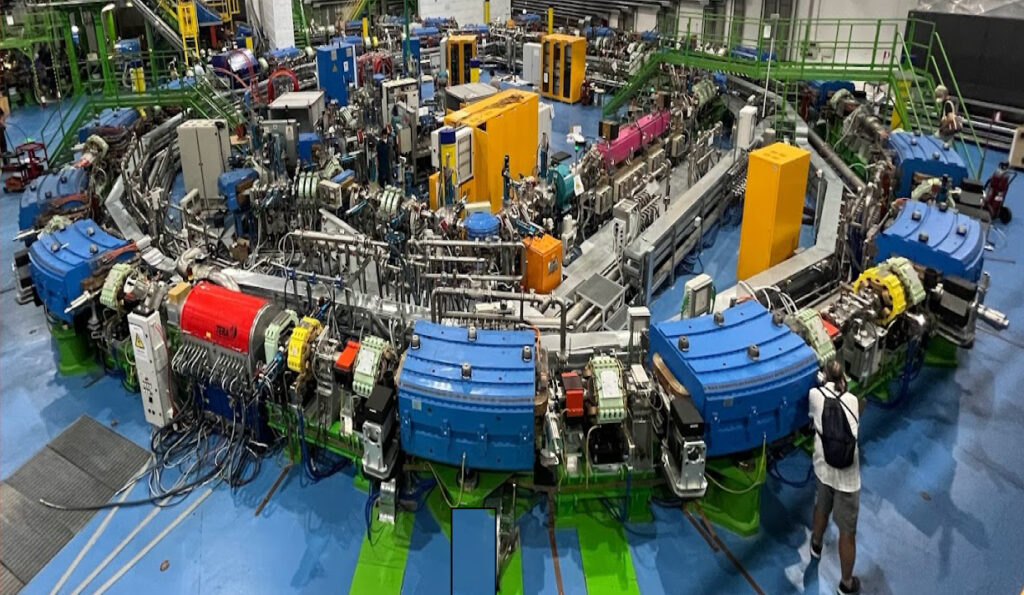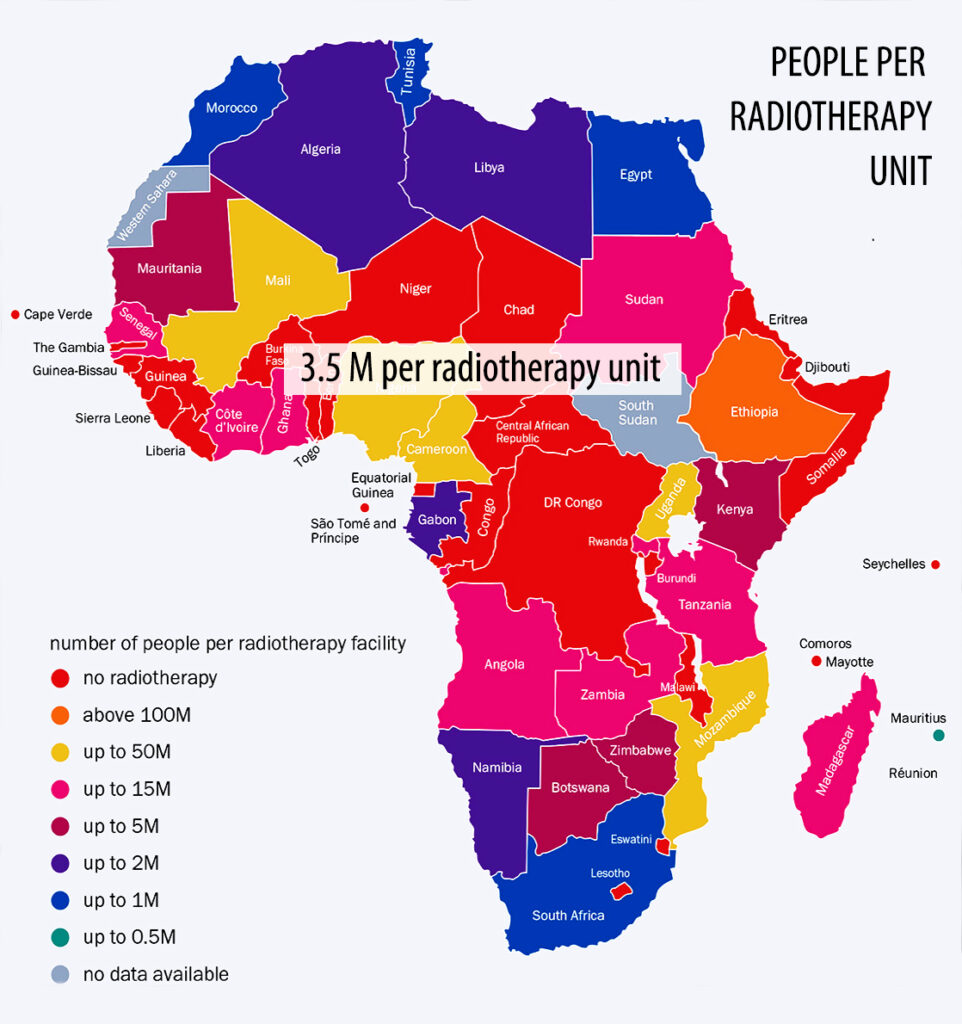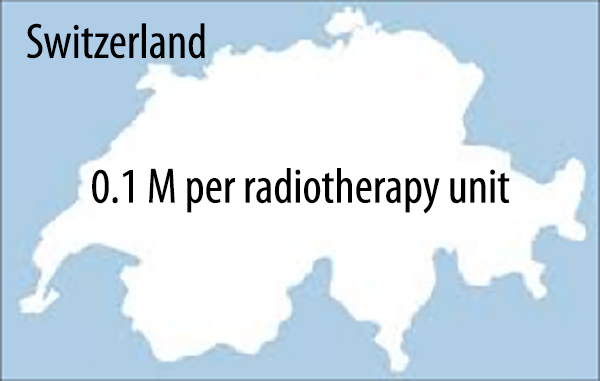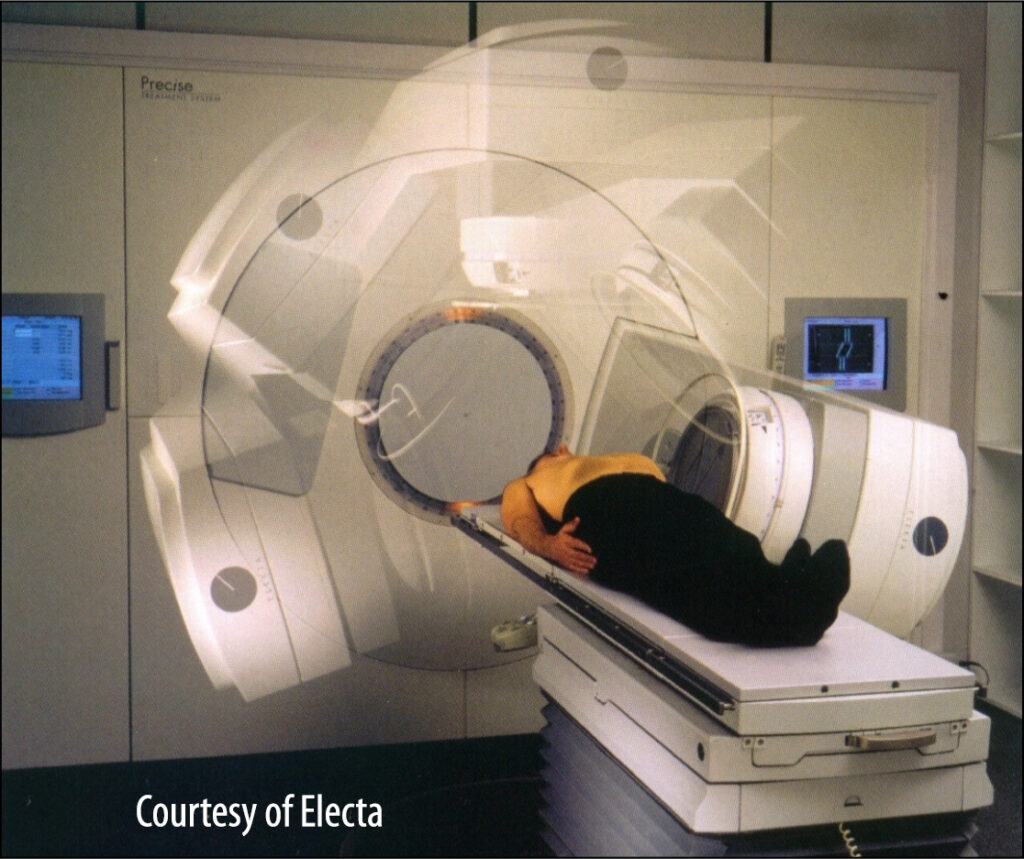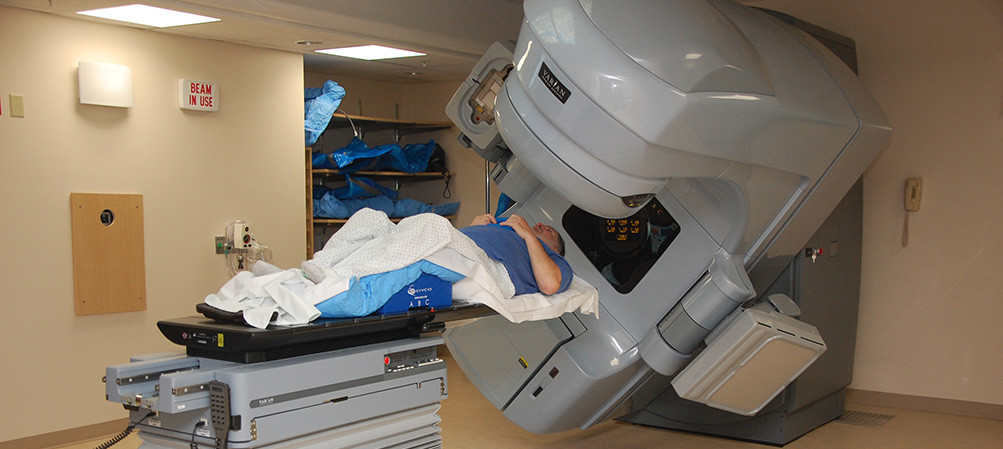
In collaboration with national and international players active in radiation medicine, Tera-Care aims at improving the technologies to diagnose and fight cancer and at saving lives via its programs
In its three decades of activity the TERA Foundation – having a collaboration agreement, and offices and laboratories on CERN premises – has greatly benefited from the collaboration with CERN physicists and engineers and the contributions of a dozen retired CERN staff members who, not wanting to stop working, have made their time and competences available free of charge. Tera-Care will benefit from the same two sources of invaluable know-how.
Tera-Care has signed Collaboration Agreements with CERN (so that its staff will share with TERA staff five offices and a meeting room in building 182 of the Meyrin site), with TERA Foundation, with SEEIIST (South-East European International Institute for Sustainable Technologies) and with the University of Malta, home institution of the first PhD student supported by Tera-Care.
In the framework of the Hadron Therapy Programme, Tera-Care has joined two Collaborations, approved and partially financed by the EU:
Tera-Care is involved in other European Consortia that are submitting funding requests
In High Income Countries (HICs) there is more than one ‘conventional’ X-ray radiotherapy unit every 250,000 people and 50-60% of all cancer patients are irradiated with X-rays (3000 per million inhabitants) . The about 15,000 X-ray units are accompanied by a similarly large numbers of diagnostic instruments (CT, PET, MRI…).
In Africa there is one X-ray unit every 3.5 million people, i.e. to 400 systems instead than the needed 5000-6000 units; diagnostics instruments are also missing. In the last 30 years a different type of radiotherapy – called ‘hadron therapy’ or ‘particle therapy’ – has been introduced by utilizing narrow beams of either fast protons (1 positive charge of 70-250 MeV) or fast carbon ions (6 positive charges of 1500-5000 MeV). Protons, available in more than 100 centres, have the same effect on cells as X-rays but deposit the radiation dose more precisely much better sparing close-by organs. Carbon ions (available in about 15 centres) are a different radiation, because of the large charge, and can kill ‘radioresistant’ cells, insensitive to both X-rays and protons.
In HICs, about 1% of the patients treated with X-rays have a radioresistant tumour. Helium ions (2 positive charges of 300-1000 MeV) are twice more precise than protons and start to be used.
